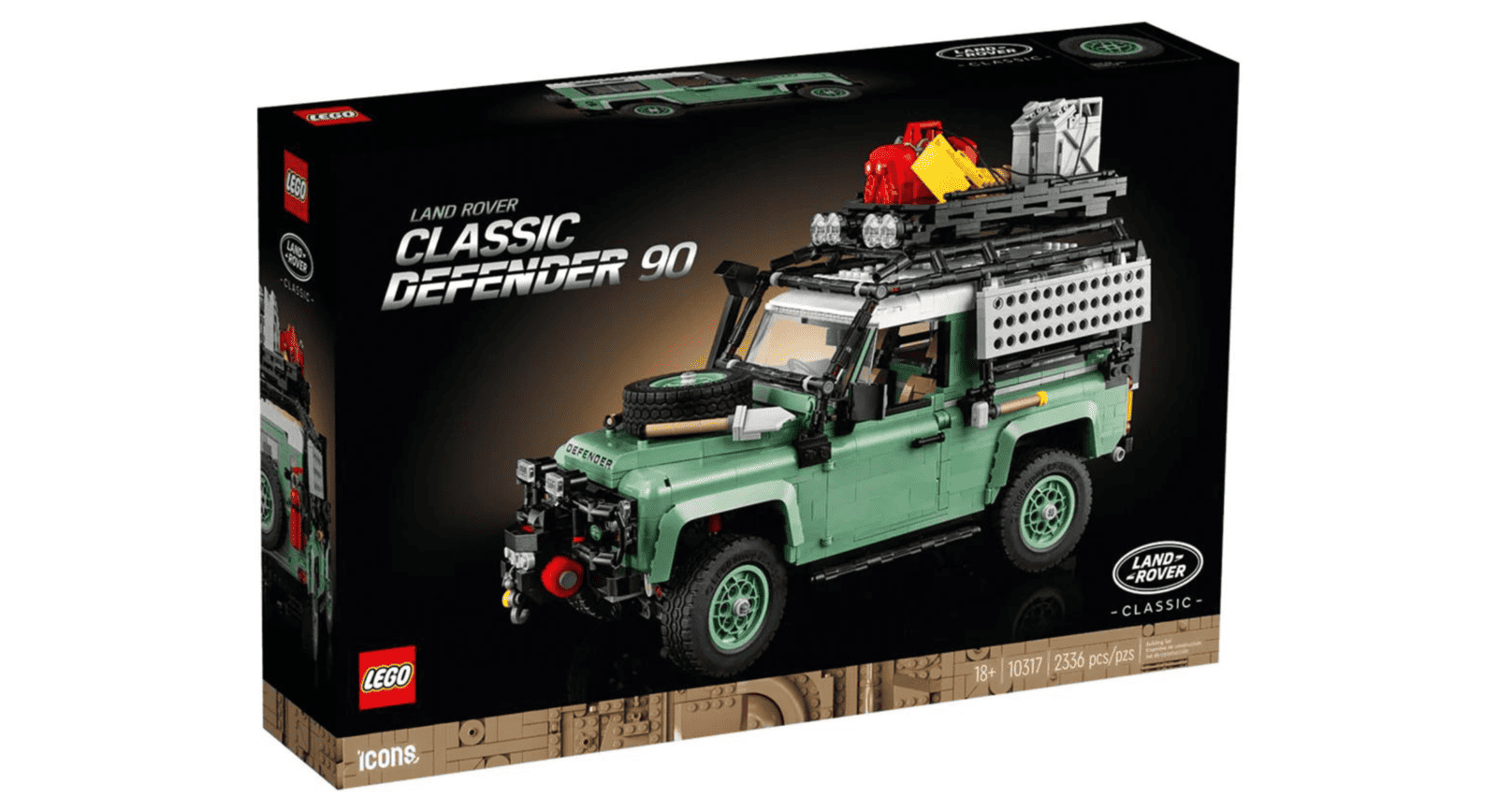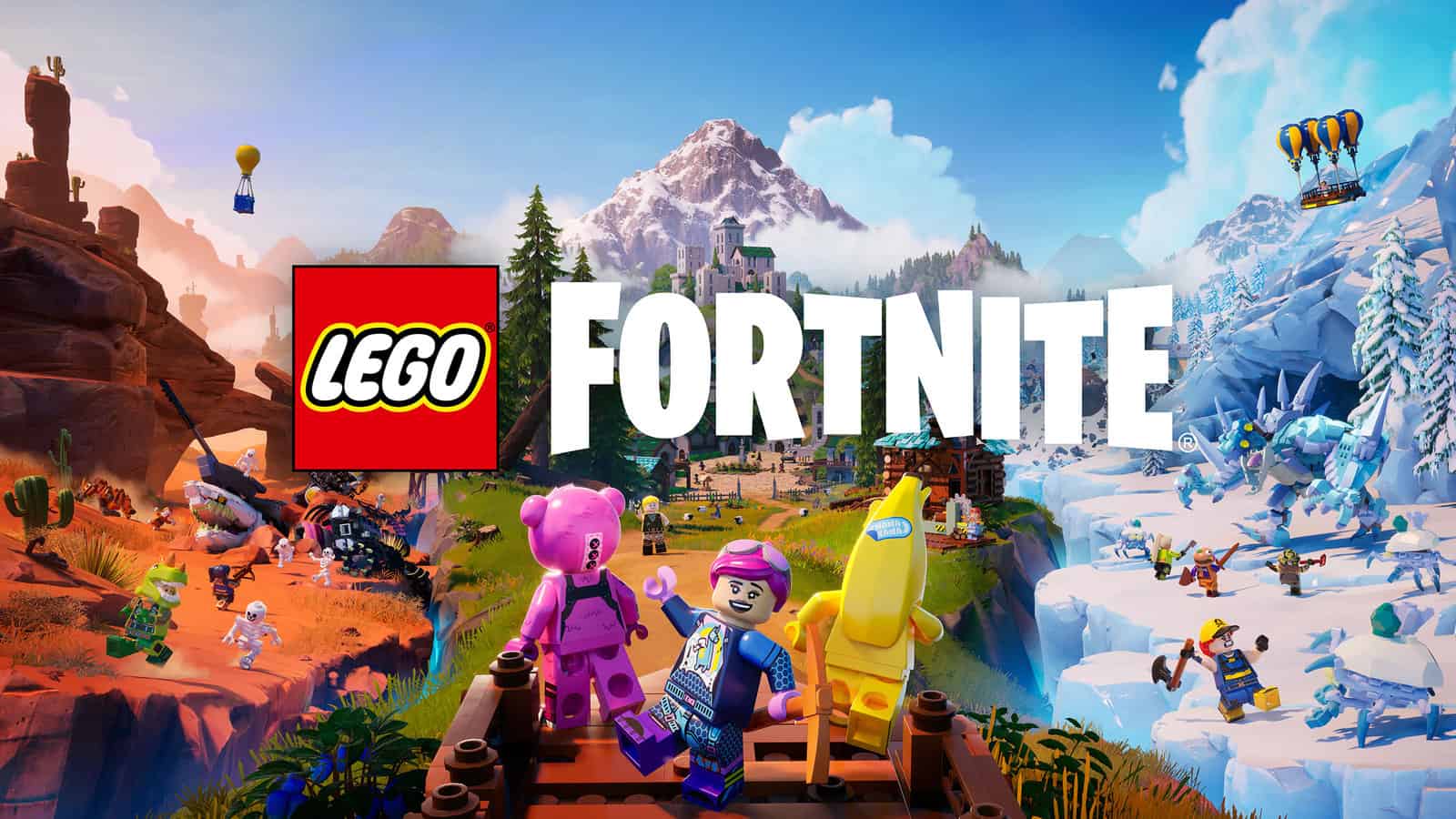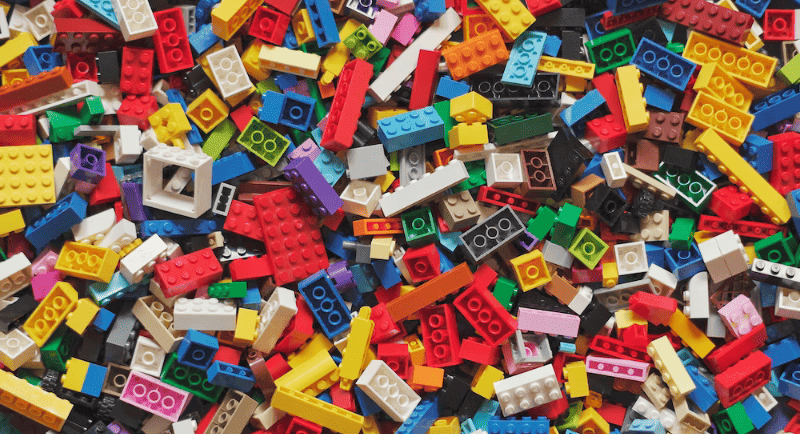Lego is increasing its focus on targeting adult audiences with 18+ ranges and the launch of Lego Fortnite in partnership with Epic Games.
The iconic Danish toy brand has seen steady growth in recent years from nostalgic adult customers, according to Troy Taylor, vice president and GM of Lego Australia & NZ.
Taylor told Mediaweek, that the increase in popularity required a significant shift in marketing strategy.
“When I first joined Lego, it was all about the kids and getting them into the brand through products such as Duplo at preschool. Then, the theory was to keep them through certain ages and stages until they reached the age of liking lines such as Lego City or Lego Friends, and that was pretty much the end of the road.
“We knew there was a huge adult following of Lego, but we never spoke about it. Now that we’ve fully invested in the adult audiences of Lego, our portfolio is widely expanded, and we now cater to all ages and stages,” said Taylor.
To cater to the growing adult audience, Lego has created a dedicated adult range, which is marketed as “18+” sets that come in a distinctive black box to differentiate from the various colourful sets for kids.
Chris Colter, chief strategy & product officer at Initiative Australia, who worked on the MFA Grand Prix winning ‘LegoCity Goes Nitro’ campaign, said targeting adult audiences was also a strong commercial idea to tap into the higher disposable incomes.
“The adult fan of Lego has existed ever since the brand has existed, but having products that are specifically catering to them allows them to indulge in their passions,” Colter said.

“From a marketing standpoint, the question always is, ‘how do we find audiences that aren’t in the Lego system, and if they have been left out or may have moved on, how do we bring them back in?’ and the inception of appealing to all age demographics and audiences that Lego have done is a real cornerstone to the growth strategy,” said Colter.
This strategy to follow audiences has also seen the brand partner with Epic Games to launch Lego Fortnite in a bid to connect with younger and older fans alike.
“Our audiences work hand in hand,” said Taylor. “The launch of Lego Fortnite with our partnership with Epic Games, they are targeting the kids that are into gaming, as well, we’re targeting the dad who loves his landrover and now he can build it.”
Lego and Epic are betting big on their new kid-friendly metaverse, with The Lego Group investing US $2 billion in Epic Games.
“Our collaboration with Fortnite enables players to explore the endless possibility of physical Lego to play in the digital world,” Taylor said.
“Think of it as pouring out a bed of Lego bricks onto the floor and compelling it into a digital universe where players can use blueprints and instructions to build their own Lego creations in-game; that’s the core of what the game is.
“Our move with Fortnite is about reaching kids where they’re playing and reaching them in a safe environment that parents can trust. It’s also about them having that physical and digital play experience with Lego bricks. Pretty much everything in the Lego Fortnite world you can do and buy in the Lego physical world.”

Dominance in the Australian market
The Lego brand was first launched in Australia 62 years ago yet continues to maintain dominance in the toy category.
While Taylor would not comment on market size and share, he did reveal that Australia is a top-five market for The Lego Group worldwide due to the brand’s strong local performance.
“If you combined the second, third and fourth largest (toy) player in Australia, they still wouldn’t be the size of us,” he said.
Taylor credits the brand’s significant cultural relevance for its enduring success both in Australia and globally.
“People pass their legacies down to their kids, and Lego is no different,” he said. “It’s given as a first right of passage; when you are three or four, you get a Lego set, whether that be passed down or brand new out of the box.”
From Toy to Tourist Attraction
Last year, the company opened the world’s biggest LEGO store in Sydney’s Pitt Street Mall; the store boasts 900 square metres of sets available to purchase, as well as Australia’s first minifigure factory.
“It’s been a hit; we would never have imagined how popular it’s been. On the opening day, we had a two-kilometre queue to get in, which started at 11:30 pm the night before and ended at 7:00 pm the day of opening.
“I believe the popularity of the store is not just people wanting to buy the products, I think people just want to be part of the brand. You go to Apple stores and 90% of them aren’t purchasing, they’re just immersing themselves in the brand and looking at all the different product features, and that’s what we want out of the new store, for people to be inspired and to go for the experience.”

While Taylor recognises the commercial aspect of the flagship store, he also views it as a form of marketing for the brand in Australia.
“Looking at the splits of the store, 50% of the visitors are tourists from overseas, and 50% are locals. This means we’re reaching kids and families who might not have even had an experience with the Lego brand in their respective countries.”
“To open the world’s largest Lego store in Sydney in an environment of a recession was the crescendo to end 2023. It shows how much upside we still see in the brand and how much people love Lego. Australia is a top five market for The Lego Group in the entire world, which means, per capita, no one buys more Lego sets than Australians do.
“There’s still a lot of life left in the brick just yet.”
